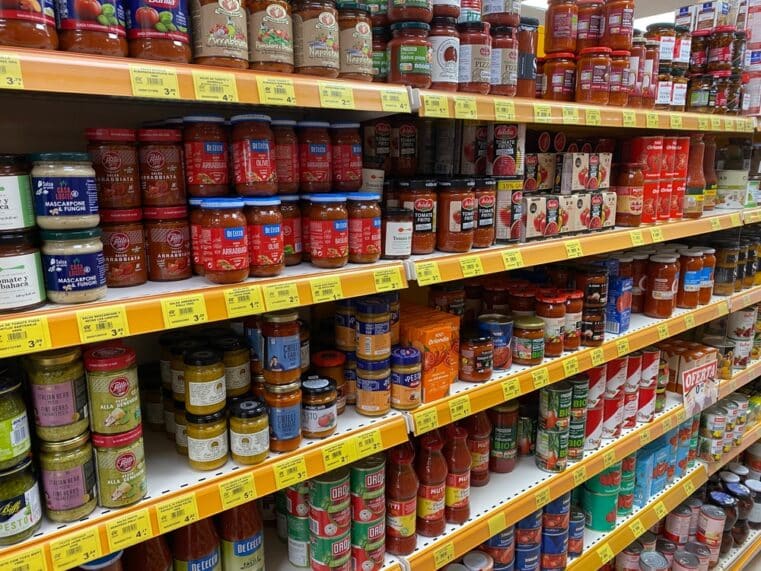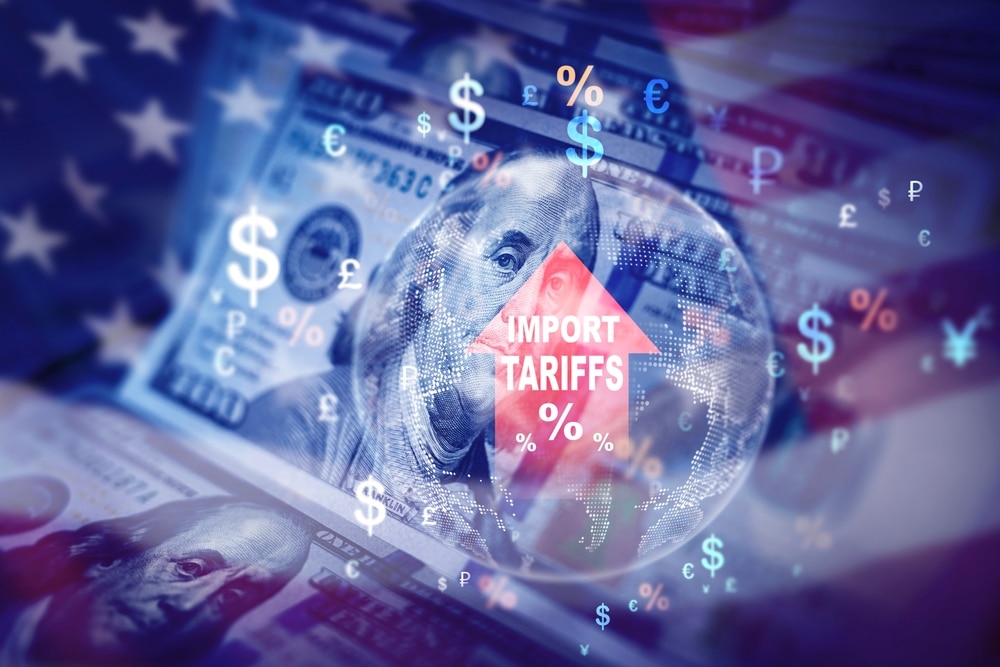
Government Handouts Surge to Record Highs—America’s Economy is on Life Support!
The Rise of Government Handouts
Fifty years ago, government transfer payments—things like Social Security, Medicare, Medicaid, unemployment benefits, and food stamps—made up just 8% of the nation’s income. Today, they account for 18%. That’s more than double. And the numbers are staggering: in 1970, these payments totaled $70 billion. In 2020, during the pandemic, that figure exploded to over $6 trillion before dropping to its current level of $4.3 trillion. On a per capita basis, that’s $11,500 per person in government benefits in 2022.
These transfer payments aren’t just helping Americans—they’re replacing private income streams from wages and investments, creating a dependency loop that’s hard to break. EIG economist Benjamin Glasner warns, "Transfer reliance has grown rapidly across the country, and it’s something we need to confront head-on."
Why Dependency Keeps Growing
The rapid aging of the U.S. population is one of the key drivers. With 17.3% of Americans now over the age of 65 (compared to just 13.1% in 2010), programs like Social Security and Medicare are bearing an increasing burden. Health care costs are also spiraling out of control: in 1970, total health spending was $74.1 billion. Fast forward to 2022, and it’s a jaw-dropping $4.5 trillion.
It doesn’t stop there. Unfunded public pensions now amount to $1.59 trillion. Meanwhile, the U.S. federal deficit is sitting at $1.8 trillion, and interest payments on national debt have skyrocketed to over $1 trillion annually—up from just $31 billion in 1970.
With the current structure, it’s not just the elderly or the unemployed becoming dependent—entire communities are getting hooked on government support. In 1970, only 1% of U.S. counties reported that government transfers made up more than 25% of local income. By 2022, that number had jumped to more than half of all counties.
A Losing Game: Politicians Buying Votes at Your Expense
Steve Hanke, a professor of Applied Economics, sums it up best: “The surge in transfer payments is just one part of the government’s growing grip on Americans’ lives. Politicians can’t resist handing out ‘free lunches’ to buy votes, even though they know the bill will come due."
Relying on government programs erodes personal responsibility and autonomy, leaving Americans trapped in a vicious cycle of dependency. The result? Slower economic growth and fewer opportunities for private wealth creation. The government isn’t just redistributing wealth—it’s undermining the system that creates it in the first place.
Shrinking Populations, Growing Problems
Aging populations and low fertility rates are making matters worse. Birth rates in the U.S. have been below the replacement rate of 2.1 children per woman since 1973. While immigration has kept the population from shrinking—so far—the Congressional Budget Office warns that without sustained immigration, the U.S. population will begin shrinking by 2040.
As young people leave rural areas for cities, small towns are becoming increasingly dependent on government transfers just to stay afloat. With fewer workers and higher concentrations of retirees, rural areas are getting caught in a downward spiral that accelerates the need for even more government aid.
Balancing Security with Growth—A Dangerous Tightrope
The growth in government dependency raises an urgent question: How can the U.S. balance economic security for those in need without choking off long-term prosperity?
Arthur Laffer, a leading economist, warns: “The more you redistribute, the more you reduce total income.” In other words, taking too much from productive sectors of the economy to fund transfer programs kills the golden goose that lays the eggs.
And the government is running out of options. Cutting benefits? Politically impossible. Raising taxes? That only stifles economic growth further. The only viable solution, according to experts like Glasner, is to spur private-sector growth—through smarter immigration policies, investments in research and innovation, and tax incentives that reward work and entrepreneurship.
Time to Take Control of Your Financial Future
It’s clear: America is stuck between a rock and a hard place. With debt payments eating away at the budget, politicians have fewer tools to fund essential programs. Meanwhile, individual Americans are becoming increasingly dependent on government handouts just to make ends meet.
The clock is ticking. Don’t let yourself get trapped in a system you can’t control. It’s time to take proactive steps to protect your financial future.
Here’s Your Call to Action
- Download my free ebook, ‘7 Steps to Protect Your Account from Bank Failure,’ and learn how to safeguard your savings before it’s too late: Download Now
- Get your hands on my latest book, ‘End of Banking As You Know It,’ and uncover the strategies you need to survive a collapsing financial system.
- Join the Inner Circle for just $19.95/month and connect with like-minded individuals preparing for the storm ahead. You’ll get exclusive insights and access to financial strategies that go beyond what the mainstream media will tell you: Sign Up Here
The bottom line? The government’s grip on the economy is tightening—and time is running out to break free. Take control of your financial destiny while you still can. Because once the system crashes, it’ll be too late.











